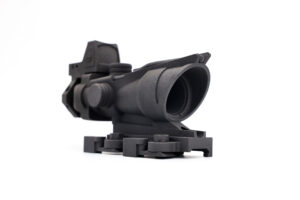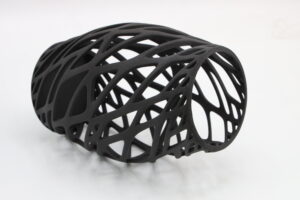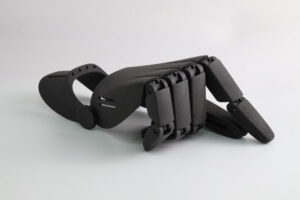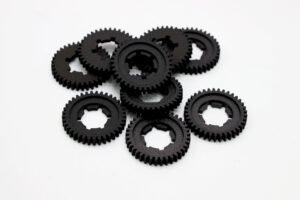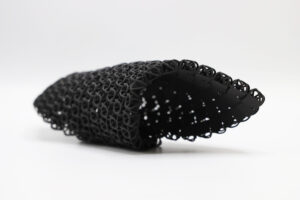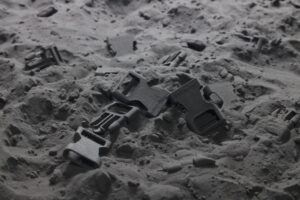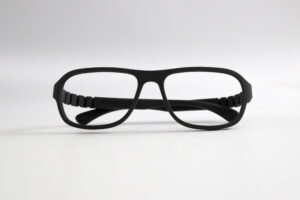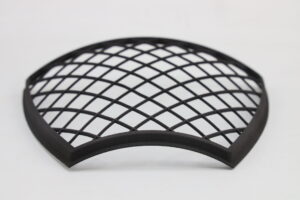
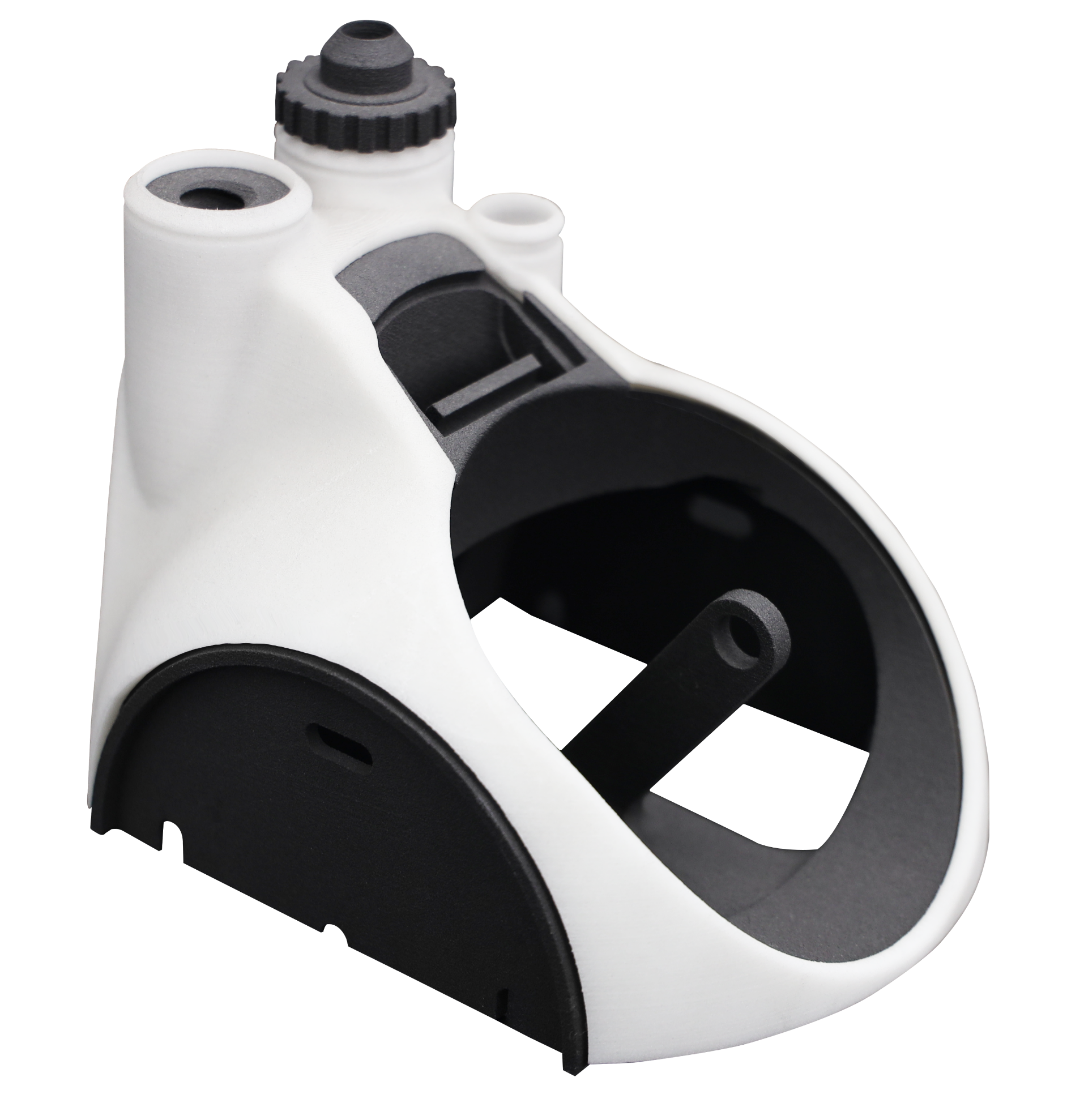



Unsupported
Quick Print
High Volume
Mass Production
End-Use
Mechanical Parts
Complex
Geometries
Dimensional
Consistency
PA12 Black
Value
PA12 Black
Value
PA12 White
Value
PA12 White
Value
Advanced PA12-based polymer material, a wide variety of industrial suitable for applications.
Main Features:
> Balanced performance of thermal properties
> Excellent mechanical properties
> Good part surface ease of post-processing
> High oxidation resistance & low water absorption
Example applications:
> Mass production of functional parts
> Complex geometries
> High quality prototypes
> Versatile use for many industry applications
What is SLS
(Selective Laser Sintering)?
Advanced
Mechanical Properties
Reduction in
Bacteria Formation
Robust solution for
complex geometries
and precise dimensions

There are no support parts in SLS technology.
Powdered PA12 material is used as raw material.
Prints completed as a result of layer by layer sintering
of powdered polyamide material with laser are in the
quality of the final product in terms of dimensional
accuracy and strength.
SLS is suitable for the surface smoothing process
called chemical polishing and provides
plastic injection quality parts.


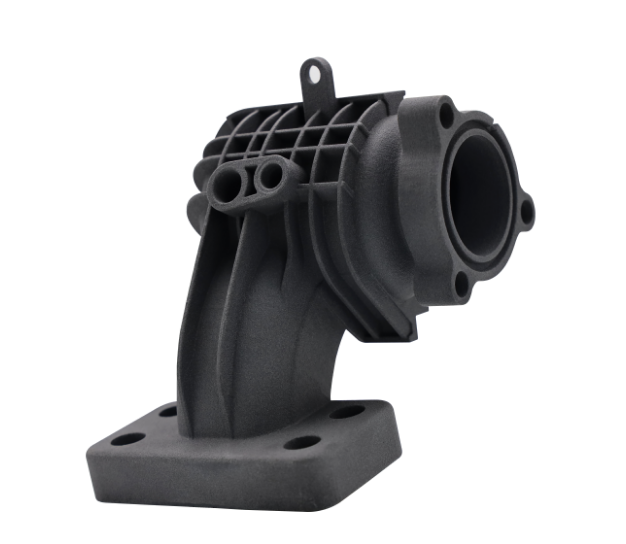
Advantages of
SLS 3D Printing
Dimensional
Consistency
Advanced PA12-based polymer material,
a wide variety of industrial suitable for applications.
Main Features:
> Balanced performance of thermal properties.
> Excellent mechanical properties.
> Good part surface ease of post-processing.
> High oxidation resistance & low water absorption.
Example applications:
> Mass production of functional parts
> Complex geometries
> High quality prototypes
> Versatile use for many industry applications
What is SLS
(Selective Laser Sintering)?
Technical
Specifications
There are no support parts in SLS technology.
Powdered PA12 material is used as raw material.
Prints completed as a result of layer by layer sintering
of powdered polyamide material with laser are in the
quality of the final product in terms of dimensional
accuracy and strength.
SLS is suitable for the surface smoothing process
called chemical polishing and provides
plastic injection quality parts.
Surface Treatment
Vapor Smoothing
Selective
Laser Sintering
Robust solution for
complex geometries
and precise dimensions

Unsupported
Quick Print
High Volume
Mass Production
End-use
Mechanical Parts
Complex
Geometries
PA12 Black
Value
PA12 Black
Value
PA12 White
Value
PA12 White
Value
Advanced
Mechanical Properties
Sealing Against
Liquid & Gas
Reduction in
Bacteria Formation
The process is not limited to the visible
surface only it also polishes the complex
interior spaces of polymer parts.







